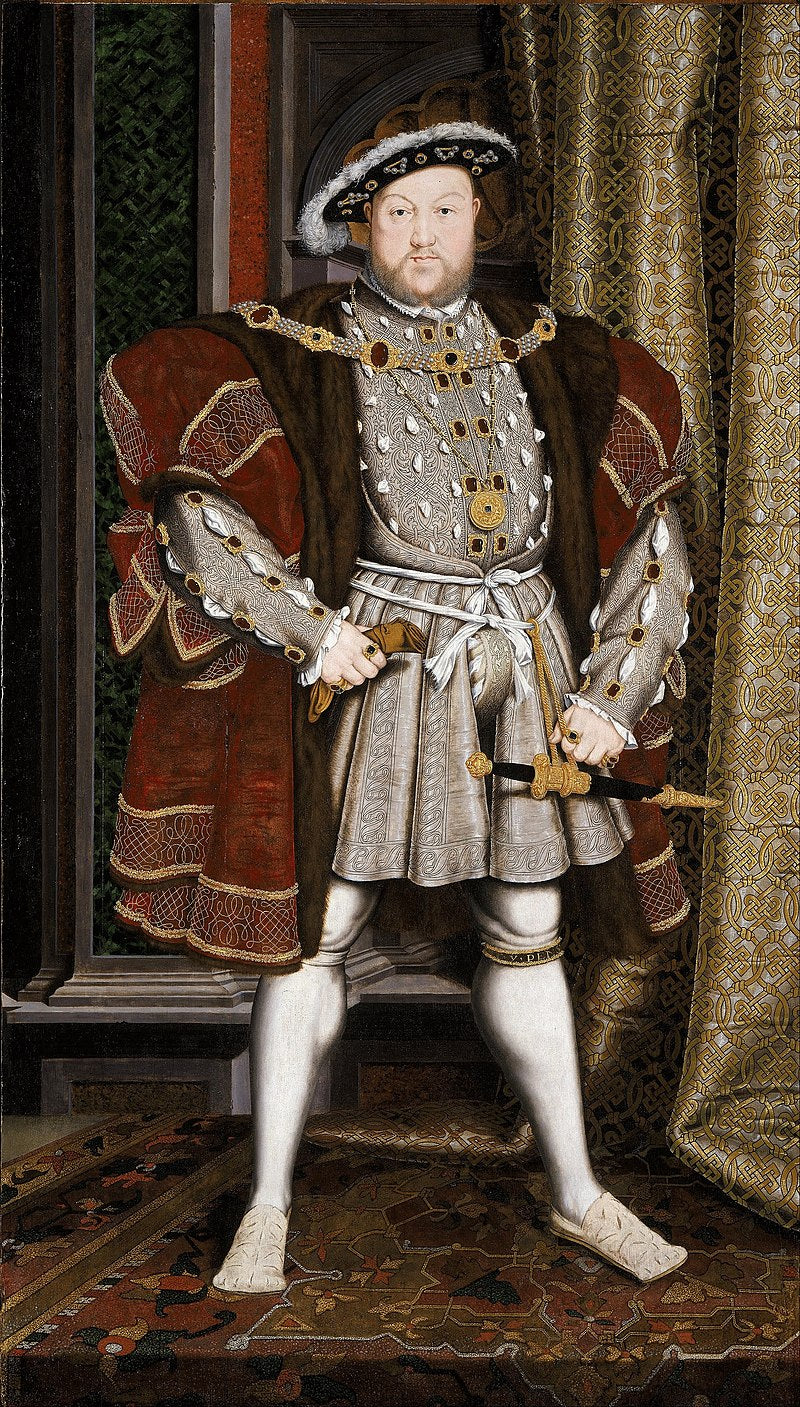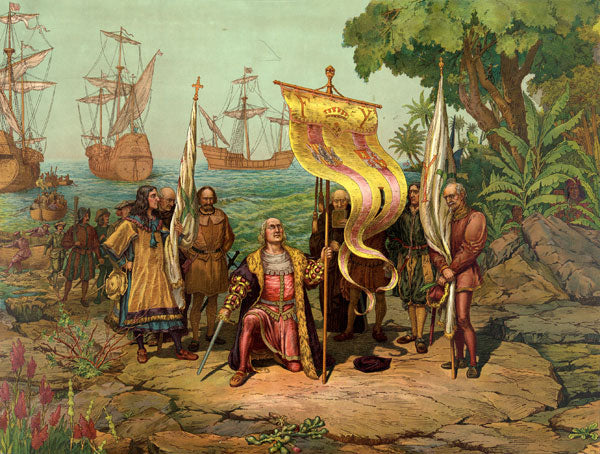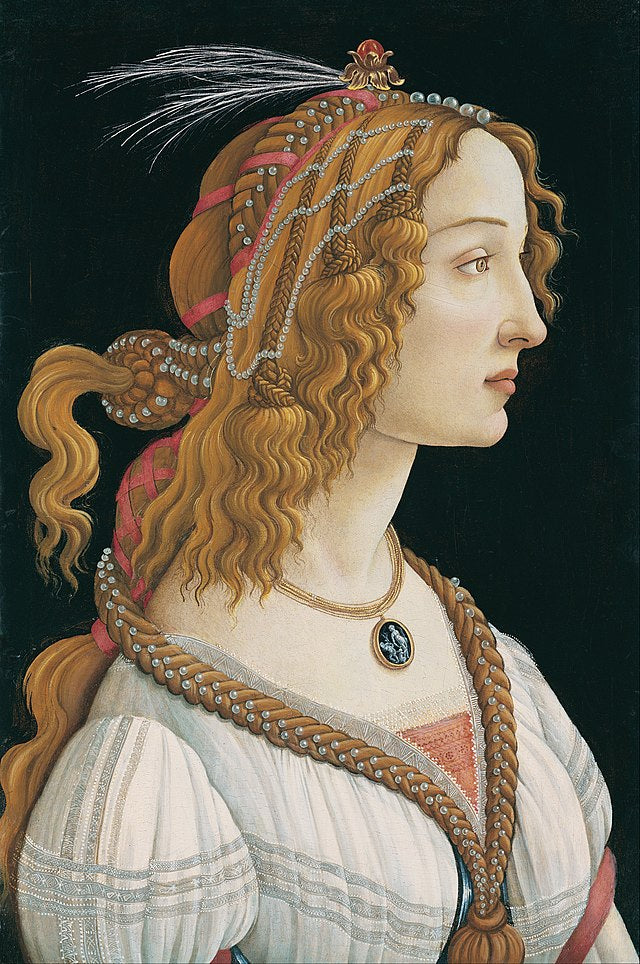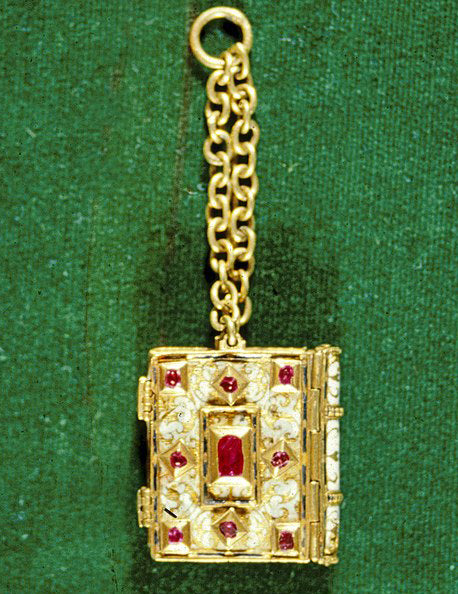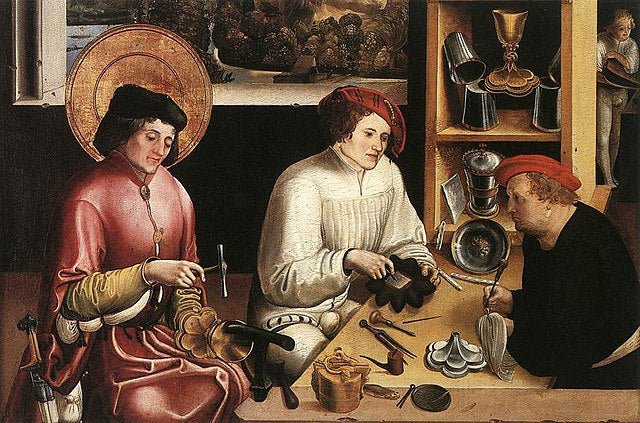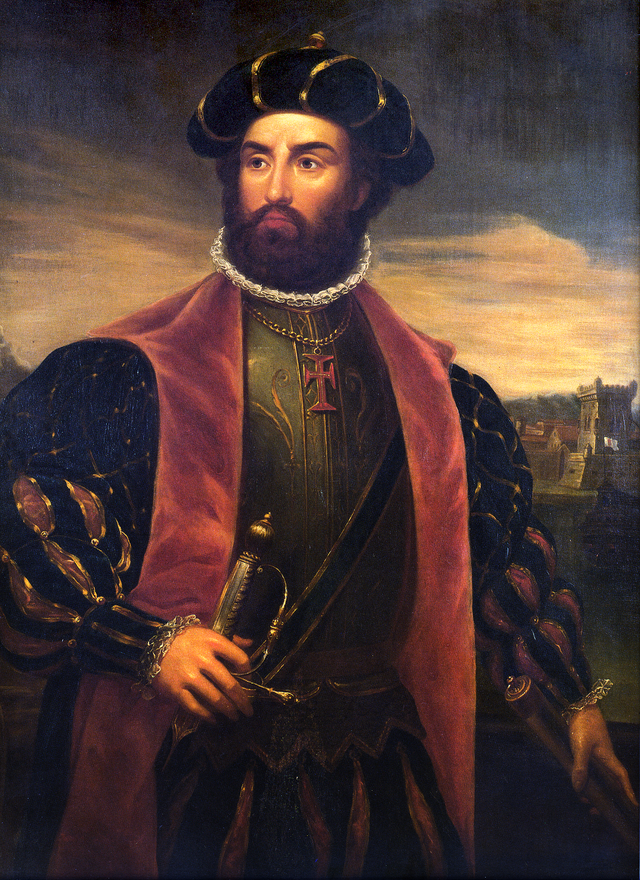
During the Renaissance period, Portugal underwent a significant cultural and economic transformation. In addition to the flourishing of the arts, sciences, and exploration, this period saw the rise of wealthy merchant families and the patronage of the arts by the royal court.
One of the most significant achievements of the period was the discovery of the sea passage to India by Vasco da Gama in 1498. This led to the growth of the gem trade, as India became the main supplier of diamonds, and rubies became highly valued among the Maharajas and Mughals.
The Renaissance period, spanning from 1460 to 1650, saw the flourishing of the arts, sciences, and exploration. It was during this period that the Portuguese navigator Vasco da Gama discovered the sea passage to India by sailing around the Cape of Good Hope in 1498, opening up new trade opportunities and leading to the growth of the gem trade.
Throughout the Renaissance, India was the main supplier of diamonds, and this new sea route replaced the slower overland routes that merchants had used for centuries. Portuguese traders became major players in the gem trade, and gradually, Lisbon took over Venice's main role as the buyer of Indian gems.
The Maharajas and the Mughals were among the biggest consumers of rubies during the Renaissance period, considering them to be more valuable than diamonds at times. The Hindus called the ruby "ratnaraj," or the king of precious stones, and rubies were used in the adornment of jewelry and as a symbol of wealth and power.
Large rubies are rarer than large diamonds and are highly prized for their red color. The purest and most valuable rubies have a deep red color with a splash of blue or violet, also called "pigeon blood." The ruby's color is caused by the presence of chromium in the mineral, and the intensity of the red color depends on the amount of chromium present in the stone.
In addition to the gem trade, Portugal's thriving economy also relied heavily on the trade of spices and other luxury goods. This period saw the rise of wealthy merchant families, as well as the patronage of the arts by the royal court.
Portuguese artists, such as Nuno Gonçalves and Josefa de Óbidos, made significant contributions to the development of Renaissance art, with works reflecting the religious and cultural influences of the time. Architecture also flourished, with the construction of grand palaces, monasteries, and churches, such as the Jerónimos Monastery and the Belém Tower in Lisbon.
Overall, the Renaissance in Portugal marked a period of great achievement and expansion for the country, both economically and culturally.

